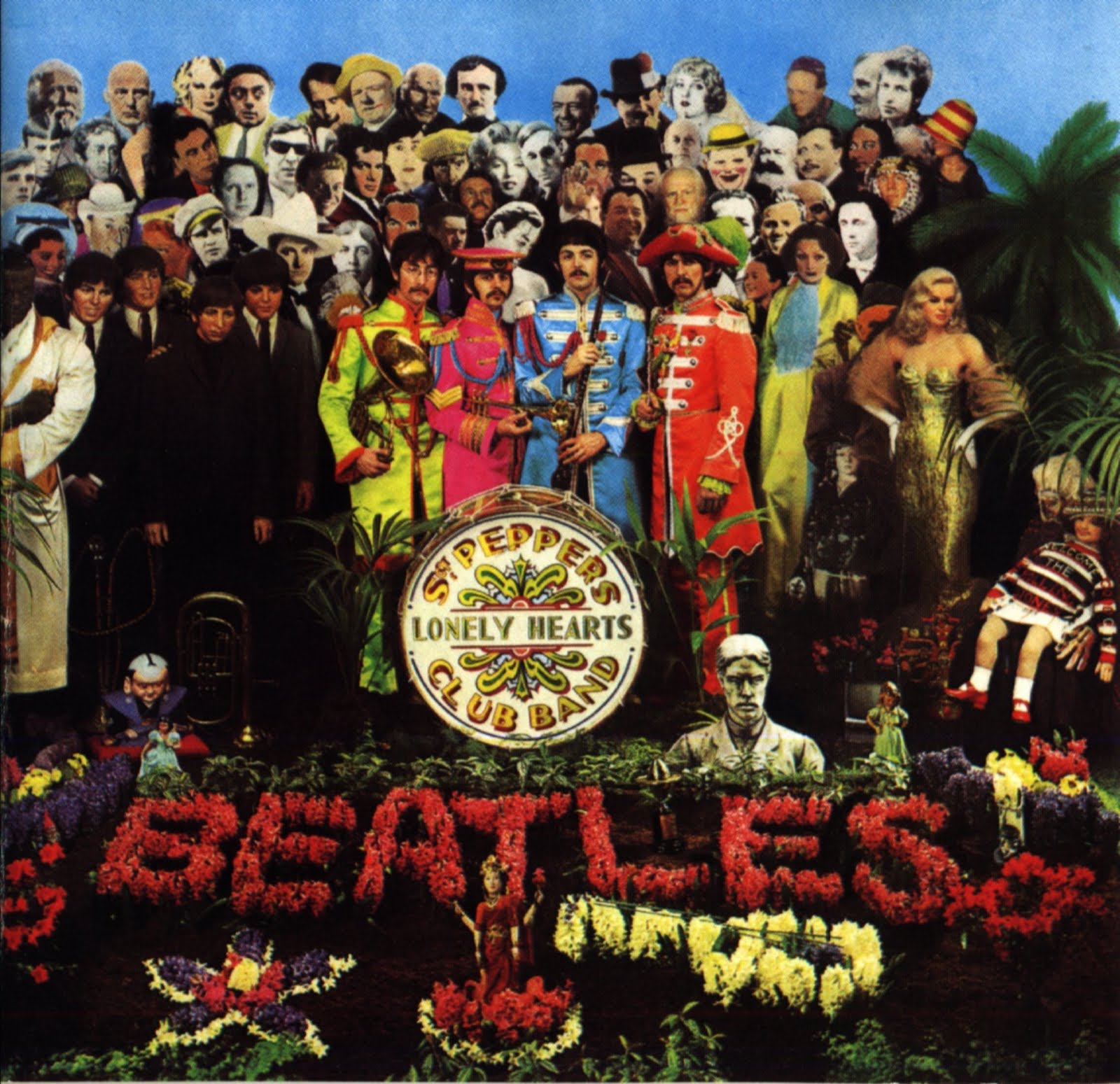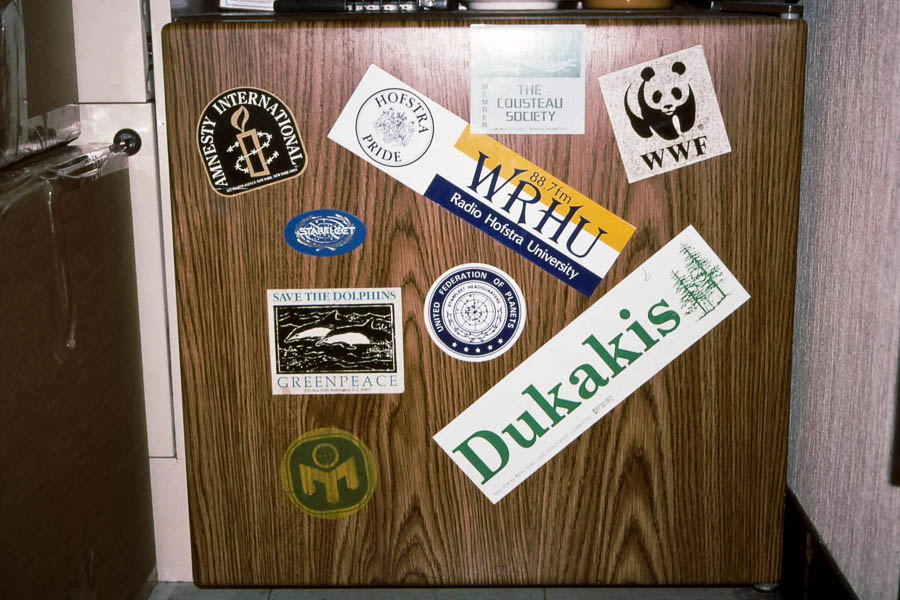McMansionHell.com suffered a really bad week that had an awesomely good outcome thanks to the EFF. It's worth reading about. But last week, she published a great essay on the architectural styles (or lacks thereof) of the modern wealthy and how we should look at middle-class architecture as well (emphasis hers):
Architecture as a field has always been captivated by the houses of the elite - those who can hire architects, build large and high quality homes, and set trends for the next generations. While it is always enjoyable to look at street after street of high-profile houses and marvel at their fine execution and intricate architectural details, we must keep in mind that these houses are not where most of us live.
Architectural history and preservation have always preferred buildings left virtually untouched and in pristine condition. For most of us, our houses are not museums - they are places we live - places that grow as we grow. We build additions, decks, and other secondary structures; we enclose our porches in order to add a dining room; we redecorate to our tastes and the styles of today.
McMansions are so disappointing to us because they are the homes of the upper and upper-middle classes who used to build houses that were interesting, that set the stylistic trends later codified by architectural history. While they are now included in guides like A Field Guide to American Houses, the usual objectivity is put aside, replaced with an air of disdain, as if to say “this is the best you could come up with?”
As to the matter this week, I wonder which genius at Zillow decided to sue a young architect for making fun of the houses on Zillow without actually harming the company itself? I mean, doesn't Zillow itself exist thanks to freely-available data?
Via Bruce Schneier, Tech Republic tells the story of the women who worked at Bletchley Park during World War II:
Because [Alan] Turing's individual achievements were so momentous, it's sometimes forgotten that more than 10,000 other people worked at the Government Code and Cypher School, of whom more than two-thirds were female. These servicewomen played a pivotal role in an operation that decrypted millions of German messages and which is credited with significantly shortening the war.
The code-breaking operation was spread over teams working in various huts around the manor house at Bletchley, with the bombe machines situated in outstations nearby. There were about 8,000 people involved in the code-breaking—what was known as the factory—and 4,000 support staff. Each team generally knew no more than was necessary about what the other groups were doing.
Teams worked in different huts on breaking the Enigma codes, focusing on the army and air-force ciphers in one and the tougher naval encryption in another. Unscrambled messages were then sent on to linguists for translation and officials who would decide how the information should be used and, more importantly, whether it could be used without revealing that the Allies had cracked Enigma.
This history is hinted at, however minimally, by Kiera Knightly's character in The Imitation Game.
I've meant to write about this for a while. Economist William Baumol died on May 4th. Among other things he worked on, what interested me most in the Economist's obituary of him was his work on cost disease. From the Economist:
Mr Baumol will be remembered best for his cost disease. Its origin was unlikely: a commission to help those promoting the arts understand the financial struggles that cultural organisations faced. A report co-written with William Bowen closed with a simple but striking observation. Workers in the arts compete in the same national labour market as those in factories. As rising productivity in manufacturing lifts the wages of factory workers, arts organisations must pay their staff more to keep them from quitting to make widgets. But rising wages in the arts are not matched, as in manufacturing, by corresponding productivity growth: performing a piece by Schubert took the same time and the same number of musicians in the 20th century as it did in the 19th. Thus rising costs and stagnant productivity create increasing pressure over time to raise ticket prices, or take in more donations, or produce less art. The analysis bore relevance outside the arts, he quickly realised. Technological progress in some industries implies that in services with relatively low rates of productivity growth—like health care, education and government—swelling costs will outstrip growth in productivity. Costlier public services are a necessary side-effect of long-run growth.
Trouble results, Mr Baumol pointed out, when rising spending creates political pressure for cutbacks, leading to needless deterioration in the quality of services. Whereas cost-saving efficiencies are both possible and welcome, budget cuts premised on the notion that the share of spending on, say, education should remain flat hinder rather than help the economy. Indeed, if stagnant services complement an economy’s high-flying sectors (plying tech firms with educated workers, for example), then rising employment in stagnant areas raises rather than lowers overall productivity growth.
I'm still digesting the theory, and trying to come up with a way to make it meaningful in the arts organizations I support.
I really need some sleep. And some time to read all of these:
And now, back to my job.
While we wait for former FBI Director James Comey to finish testifying before the Senate today, take a look at this really cool thing:
They say all roads lead to Rome, but they also lead outward to a number of intriguing places. There’s Antinoopolis in northern Africa, Londinium in what we now know as the U.K., and—should funding from the mighty Emperor Hadrian arrive—the yet-built Panticapaeum station along the Pontus Euxinus, or Black Sea.
Or so says this wonderfully thought-out fantasy transit map from Sasha Trubetskoy, showing the major thoroughfares of the Roman Empire circa 125 A.D. as dozens of stops along multicolored subway lines. Trubetskoy, who when not dabbling in history has explored the judgmental cartography of the Bay Area, started poking into the idea after noticing there was a dearth of good maps of Rome’s old road network, let alone train-themed ones. So he decided to go for it, pouring about 50 hours of research and design work into his sprawling “Roman Roads.”
“I enjoy reading about history, though I’m not a huge classics buff,” says Trubetskoy, a 20-year-old statistics major at the University of Chicago. “But there’s something alluring about Rome’s ability to carve out such a huge and advanced empire, with a legacy that lasts today.”
And hey, he's in Chicago.
Chicago opened its first elevated train 125 years ago tomorrow, on 6 June 1892:
On June 6, 1892, 125 years ago this week, the first elevated line called the "Alley L" opened for business, running from Congress Parkway and State Street to 39th Street, along the alley, behind and around buildings and through backyards, said Graham Garfield, CTA general manager of customer information and unofficial agency historian.
It was a novel way to travel — above the streets and eye-level to people's second- and third-floor windows. Garfield said some residents along the path may have forgotten that the train was coming that first day and had to quickly draw the curtains to protect their privacy, while others gathered on back porches to watch the smoky, steam-powered "L" go by.
The wooden train, run by the private Chicago and South Side Rapid Transit Railroad Co. along what is now the Green Line, was popular and crowded from the start. And along with other north, south and west sections of the "L" built over the next 10 years, it helped to both expand the city and create its character... The combined subway and elevated system now has 224.1 miles of track and sees more than a million riders daily.
The first elevated train anywhere—which still exists, to some extent—ran from London Bridge to Greenwich and opened in 1836.
Vladimir Putin biographer Masha Gessen explains why autocrats like Putin and President Trump tend to be so gloriously incompetent:
[A] careful reading of contemporary accounts will show that both Hitler and Stalin struck many of their countrymen as men of limited ability, education and imagination — and, indeed, as being incompetent in government and military leadership. Contrary to popular wisdom, they are not political savants, possessed of one extraordinary talent that brings them to power. It is the blunt instrument of reassuring ignorance that propels their rise in a frighteningly complex world.
Modern strongmen are more obviously human. We have witnessed the greed and vanity of Silvio Berlusconi, who ran Italy’s economy into the ground. We recognize the desperate desire of President Vladimir V. Putin of Russia to be admired or at least feared — usually literally at his country’s expense. Still, physical distance makes villains seem bigger than they are in real life.
In the past few months, Americans too have grown familiar with the sight of a president who seems to think that politics consists of demonstrating that he is in charge. This similarity is not an accident (nor is it a result of Russian influence). The rejection of the complexity of modern politics — as well as modern business and modern life in general — lies at the core of populism’s appeal.
Simple people like the simple message of other simple people. But the world has 7½ billion points of view, and is more complicated than ever, making the autocrats' incompetence more dangerous than in years past.
Washington Post retail reporter Sarah Halzack reviews the history of Sears and how it's done the last few years:
Decades of missed opportunities have brought Sears to this. It lost its focus with ventures into Discover credit cards and Coldwell Banker real estate in an attempt to diversify. Then big boxes such as Home Depot and Best Buy chipped away at lucrative product niches. But maybe the biggest whiff: Executives knew as far back as the early 1990s that they had to wean Sears off its dependency on shopping malls — but its many forays into other store formats never quite worked.
As e-commerce moves toward its golden age, Sears is an also-ran.
In this war of attrition, chief executive Edward S. Lampert has said, “We’re fighting like hell.” Lampert, a controversial hedge fund billionaire, has invested heavily in bolstering Sears’s Internet business but has let the retail stores languish. He’s now propping up the company with loans and other feats of financial engineering — moves that may soften his landing if the chain fails.
Halzack summarizes Sears' history well enough but has a lot more sympathy towards Lampert than I do. She acknowledges that Lampert has structured the company so that his own exit will be lucrative, but she says nothing about his management practices and personal outlook that suggest this was his plan all along.
The Beatles' album Sgt. Pepper's Lonely Hearts Club Band came to America on 1 June 1967, and changed the world.

As one might imagine, most news organizations have articles about it:
As for me, I received a copy of the LP as a gift probably in 1981, and bought a copy of the CD on 3 November 1988 for $12 (about $25 today). It remains one of my favorite musical compositions—and yes, I'm comparing it to Mozart's Großemesse and Orff's Carminia Burana. And I'm going to listen to it again today.
I just realized, 25 years ago today I graduated from college. To help you understand what that means, here's the Beloit College Mindset List for kids born back then.
And there I am with my college radio colleague Renee Depuy:

For context, this was my dorm refrigerator two days earlier (you can see the packing boxes to the left):
